With their many advantages, inverter welding machines have revolutionised the welding industry. They are relatively small, light-weight, and can be used virtually anywhere with access to a standard 230V AC plug socket. If you are wondering which inverter welder you need, read on to find out.
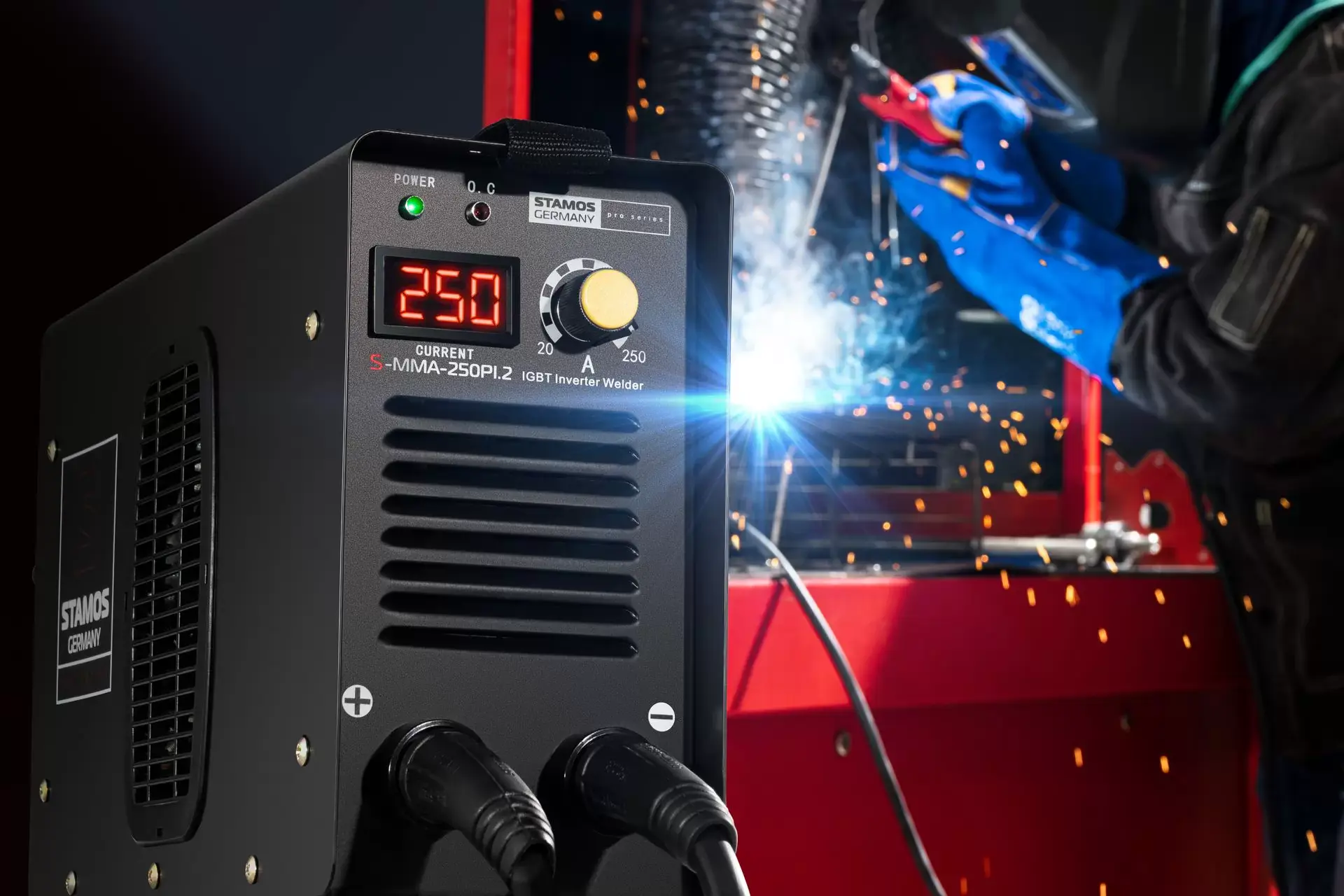
With their many advantages, inverter welding machines have revolutionised the welding industry. They are relatively small, light-weight, and can be used virtually anywhere with access to a standard 230V AC plug socket. If you are wondering which inverter welder you need, read on to find out.
How do inverter welding machines work?
Depending on the model, inverter welders enable the use of all available welding methods, making them ideal for both professionals and amateur welders alike.
To understand all the benefits of inverter welding machines, you first need to know how they work. First of all they are equipped with an inverter, which in this case is the “heart” of the machine. The electronic control system in the welding machine rectifies the alternating current into a direct current. Then, with a simultaneous increase in frequency, it changes back to alternating current.
This is then passed to the inverter, where it is rectified again, i.e. changed into a direct current, but this time with a lower voltage, and the voltage level reaches a value suitable for igniting the electric arc. You can therefore see that the inverter plays a significant role converting the current. It also has one more, extremely important function.
It acts as an active separator, separating the welding current from the current drawn from the electric network, providing effective protection not only for the welder, but also for the welding device itself, which could get damaged. This is made possible by high-power semiconductors such as insulated-gate bipolar transistors, which enable the creation of switching power supplies that withstand high loads.
In addition, modern micro-controllers are used in inverter welding machines, allowing the welding current properties to be changed in real time. By programming a micro-controller, also known as a driver, instead of making changes over many consecutive cycles you can do so instantly. Welding devices with an inverter can therefore be equipped with various functions making them easier to use.
Types of inverter welding machines based on amperage
When choosing welding equipment, you should know what type is most suitable for your needs. Pay attention to the amperage, which is the most basic parameter for all inverter welders. We can distinguish between three types of machines.
The first are 160A inverter welders, which are designed to bond small elements, such as wires, thin angle brackets, etc. Welders with such a welding current won’t cope with more solid metal structures.
The second type are 250A inverter welders. These allow you to make welds connecting most metal elements. They are therefore suitable for almost all types of welding work, including constructions made of thick metal. They have a higher power consumption than devices with an amperage of 160A.
The last type are welders with over 250A, which are considered as strictly for professional use. They have a higher price, but also much greater functionality. They are mainly used in heavy industry.
As you can therefore see, the greater the amperage of an inverter welder, the thicker the metal elements that it can weld. It may seem obvious that you should buy the welder with the highest welding current, but a 160A or 250A welder is in fact more than enough for home use. We would only recommend choosing one with over 250A for professional use.
Types of inverter welding machines
Inverter welders can also be divided according to the welding methods they offer. As in the case of transformer devices, there are three types of welding machines.
The first are MIG/MAG inverter welders, which let you weld using fusible electrodes in the form of a wire and inert or active shielding gases. MIG/MAG welding machines are used for welding materials in the form of non-ferrous metals, such as copper, aluminium, and their alloys. The most frequently used inert shielding gases are helium or argon, while the active gases used are carbon dioxide or its mixture with argon.
The second type of welding machines according to the welding method are MMA inverter welders. These uses covered electrodes. The cover, which acts as a shield for the welding arc, is made of ferro-alloys, metals and organic components, where the proportions depend on the type of electrode. MMA welders are perfect for working in open spaces and in hard-to-reach spots.
The third type of inverter welding machines are TIG welders. They work by welding together a non-consumable electrode and the material to be welded. In this method, an inert shielding gas, i.e. argon or helium, is used, and the materials it is used with are stainless steel, high-alloy steels, copper, nickel, titanium and their alloys. TIG welders can also be used for MMA welding.
It is worth mentioning that due to the dissimilarity of the electrodes, welding machines intended for specific welding methods differ when it comes to the design of the welding holders.
Which welding machine should you buy – inverter or transformer?
A common dilemma among people planning to buy welding machines is whether to buy an inverter or transformer welder. They both actually serve the same purpose. Moreover, both transformer and inverter machines offer exactly the same welding methods. So what is the difference? Let’s take a closer look.
The first noticeable difference is their size. Inverter welders are much smaller than their transformer counterparts, and they are also lighter. It should therefore come as no surprise that transformer welders are much less mobile. However, they are more attractively priced, with inverter welders costing significantly more. This is because of how they are made.
Transformer devices are much less complicated. In the event of a breakdown, they can be repaired much easier and at a much lower cost. More expensive inverter welders, on the other hand, are less sensitive to fluctuations and current surges. They are therefore less likely to break down than cheaper transformer devices.
An unquestionable advantage of inverter welding machines is also the fact that they can be connected to any AC outlet, without the need to use commercial generators. What’s more, thanks to advanced electronic systems, machines equipped with an inverter allow the welder to set a more precise welding current, as well as use many additional functions.
Therefore, before making a final decision, you should carefully consider the pros and cons and take into account the above features in order to choose a machine that meets your needs.
Inverter welders for home and professional use
The choice of welding machine should depend on what it will be used for. This concerns not only the types of material that you intend to weld, but also whether the equipment will be intended for home or professional use. So it is worth taking into account the amperage, as previously mentioned. The cheapest type of machine may be sufficient if you only intend to weld thin metal elements.
When looking for an inverter welder for professional use you should choose one with an amperage of 250A, although due to the potential high intensity of work, you should also make sure you choose a machine that will cope with any challenge you come across. Another aspect worth paying attention to is the work cycle. This parameter determines how long you can weld continuously over a period of ten minutes. For example – 180A in a 60% cycle means you can weld with a current of 180A for 6 minutes, while 4 minutes should be spent on cooling down the device.
Therefore, when choosing an inverter welder for professional use, you should choose one with a long work cycle.
Which inverter welding machine should you buy – summary
Purchasing a welding machine can be a good investment. Its parameters, possible welding methods, as well as the available functions, dimensions and price are all of significant importance. You should also take into account what you will use the machine for.
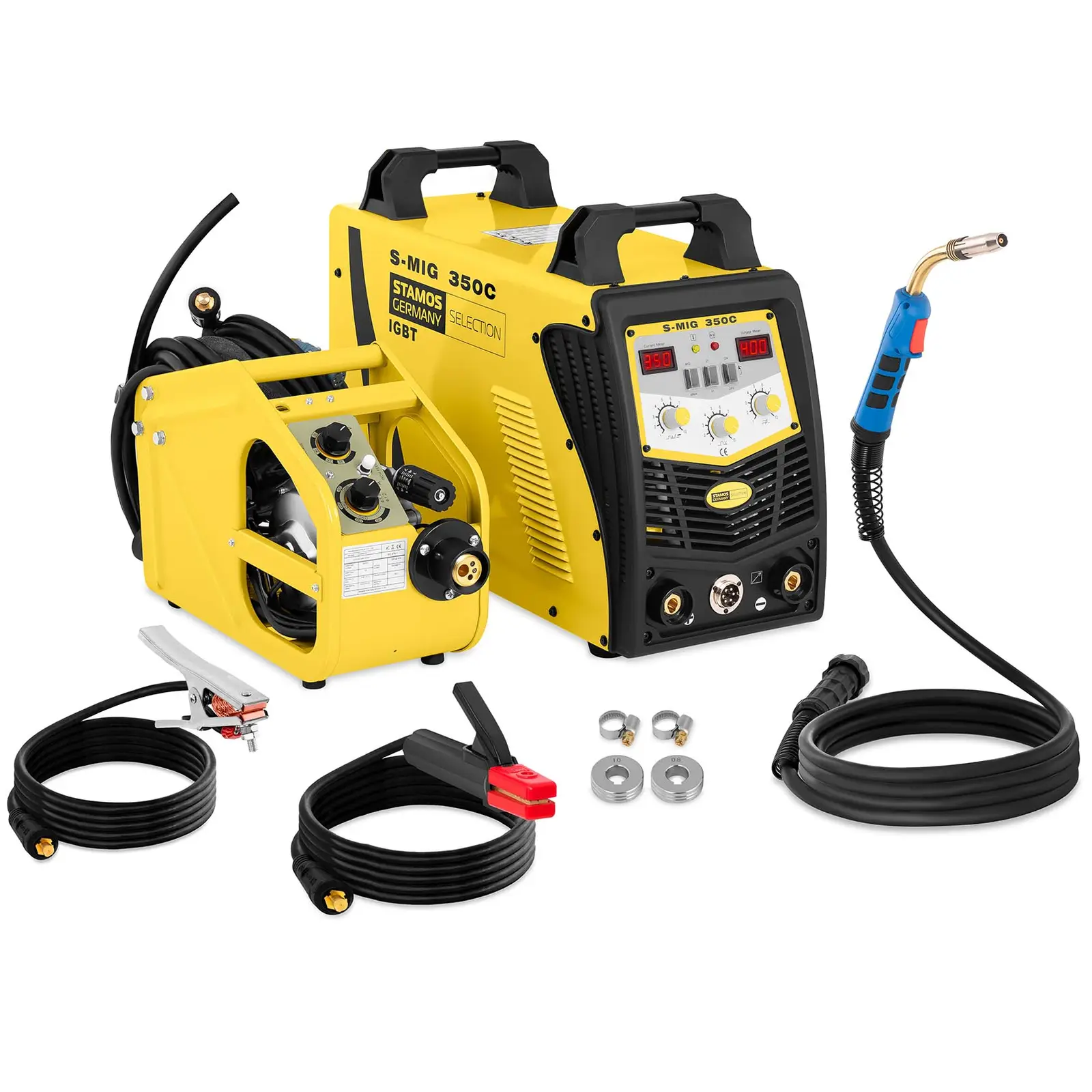

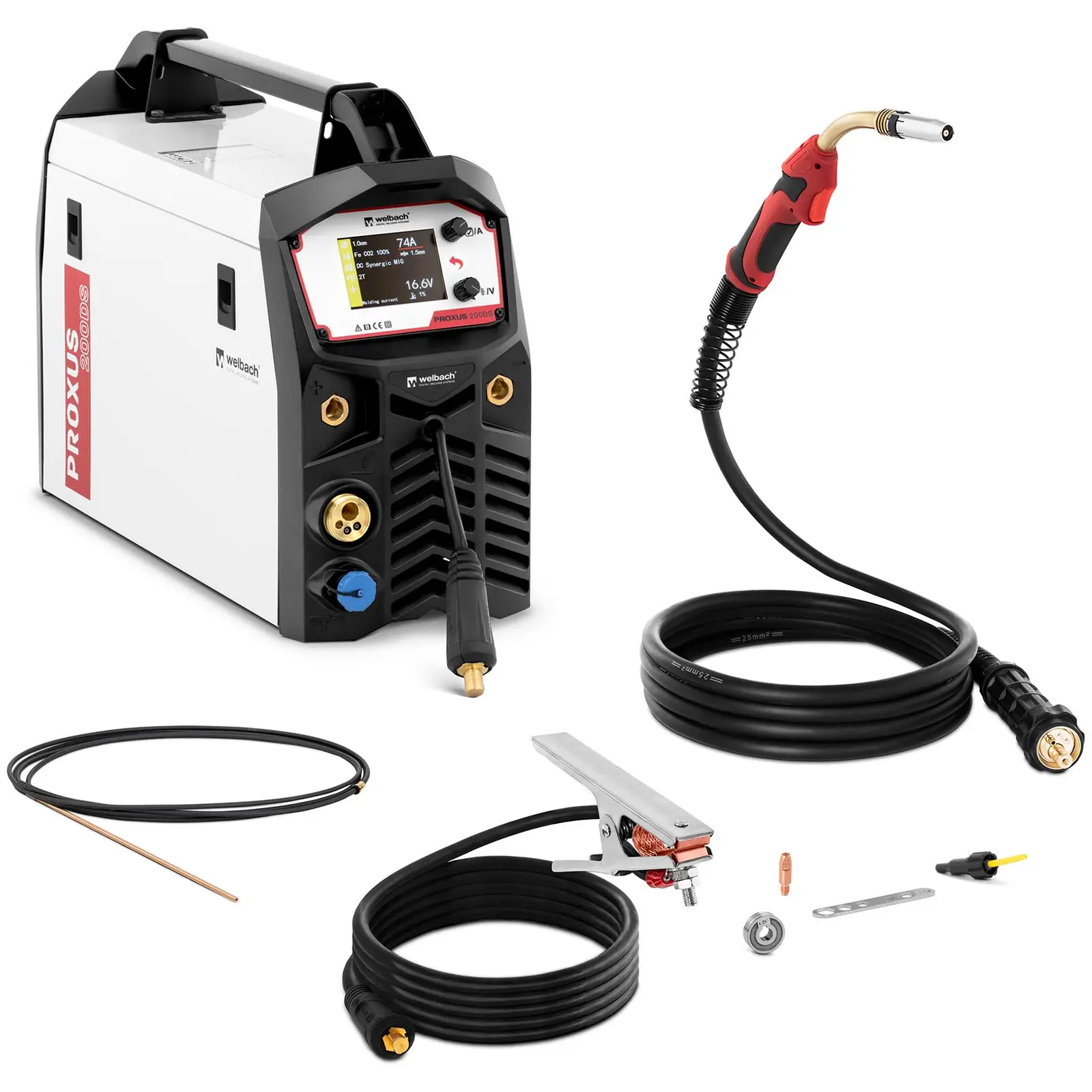

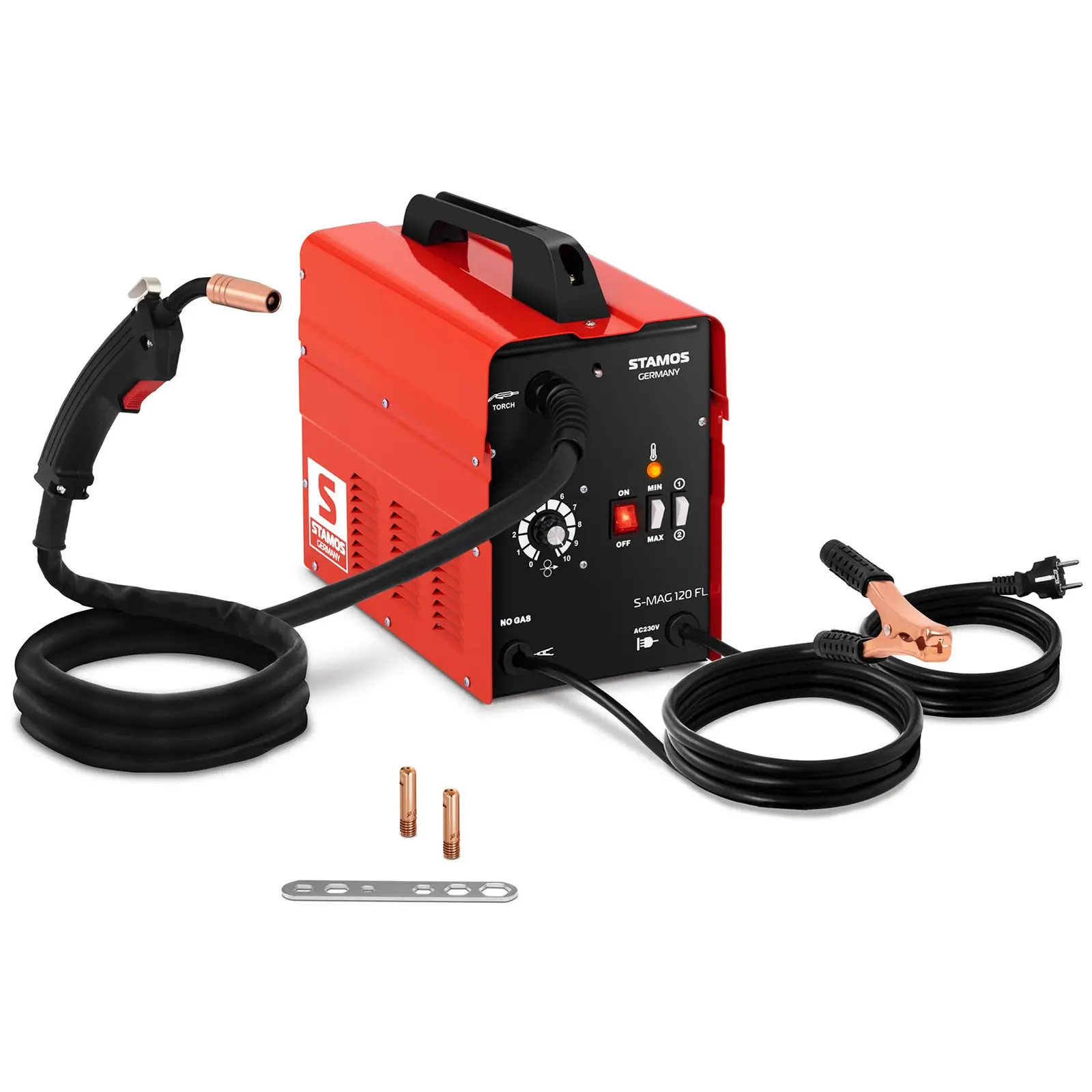




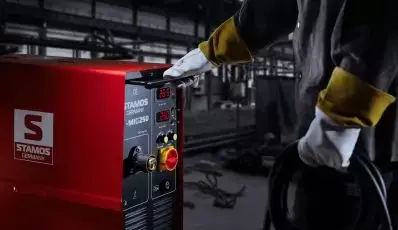
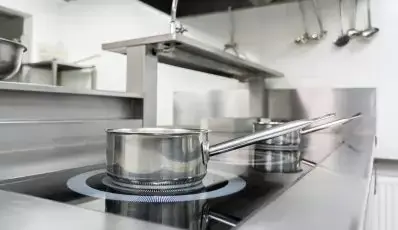

Share